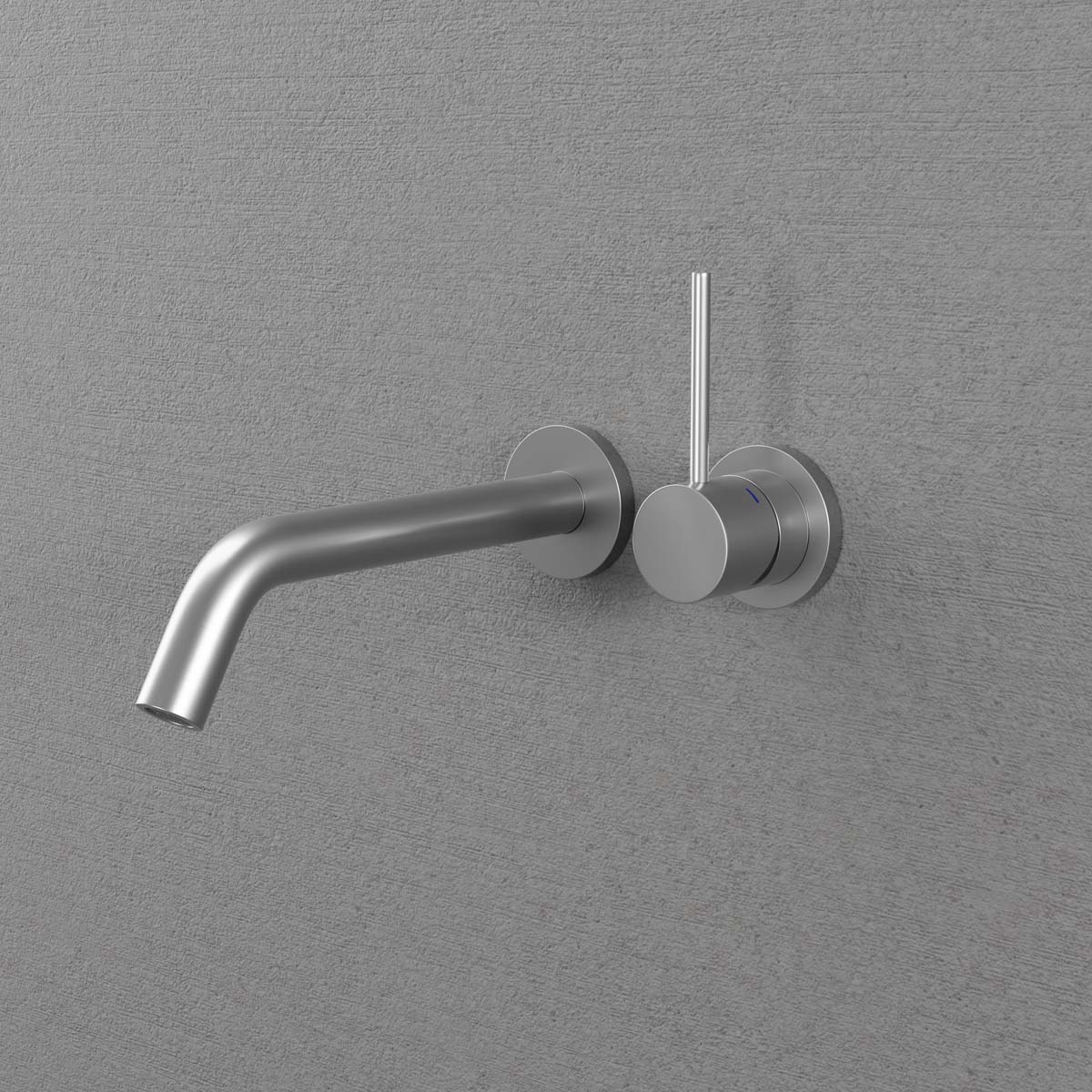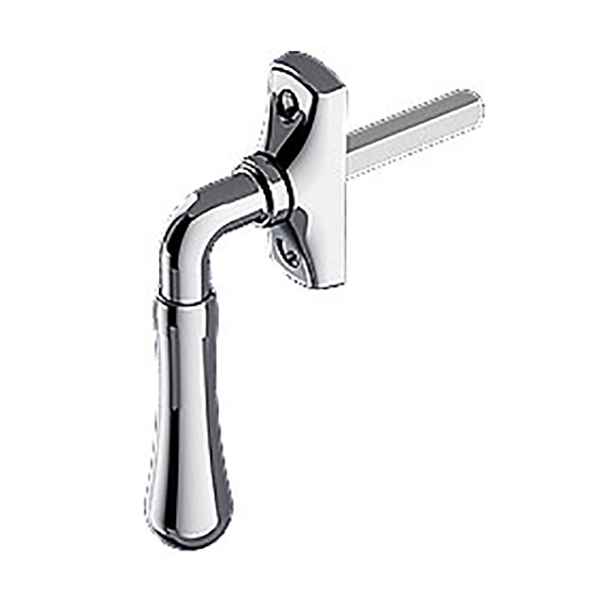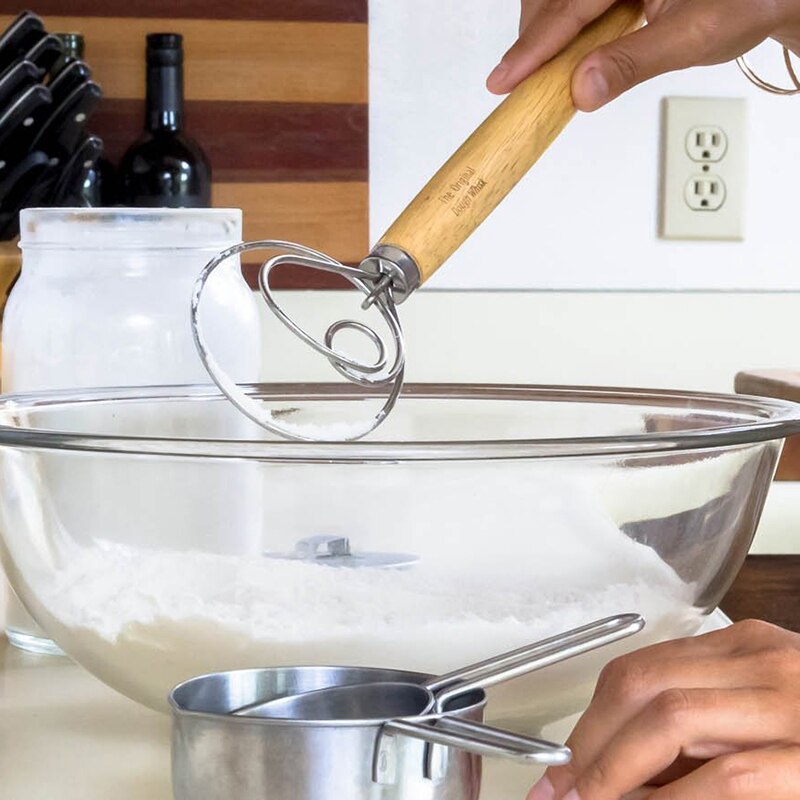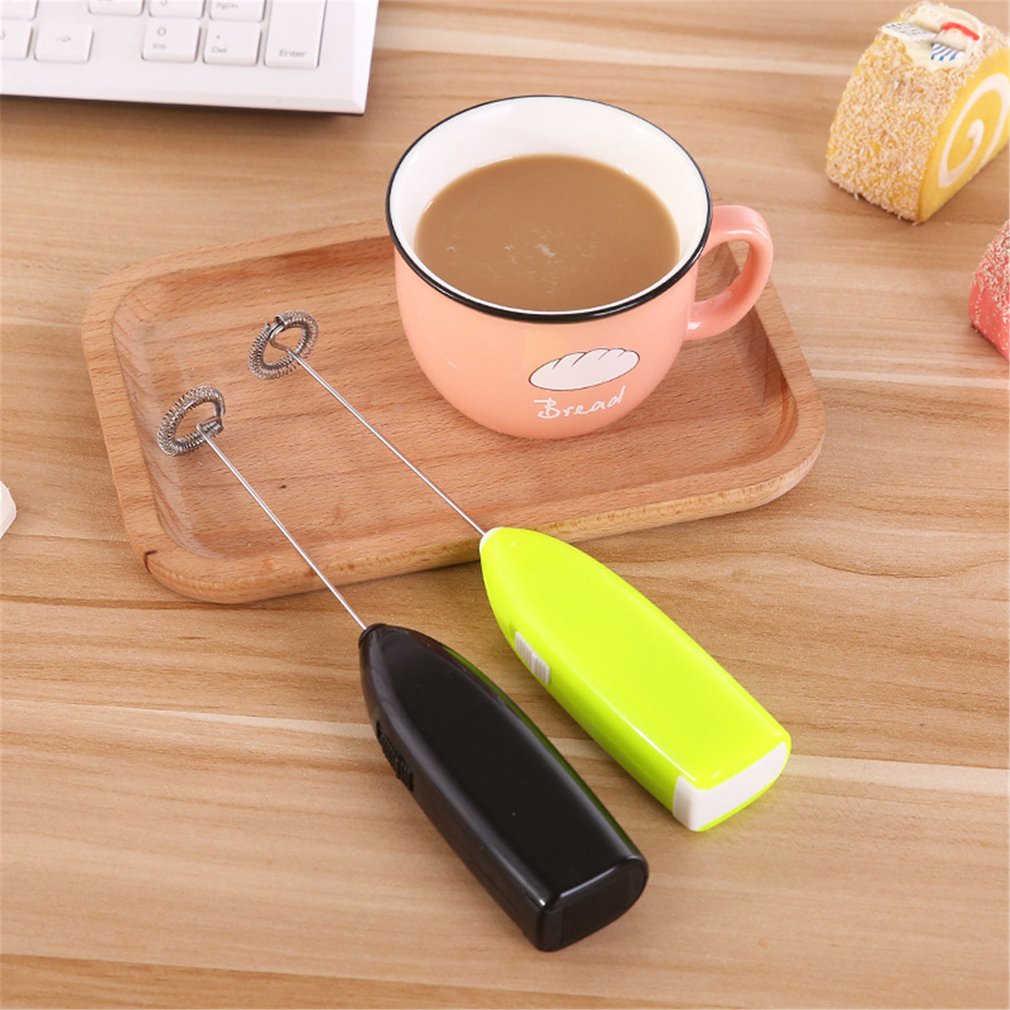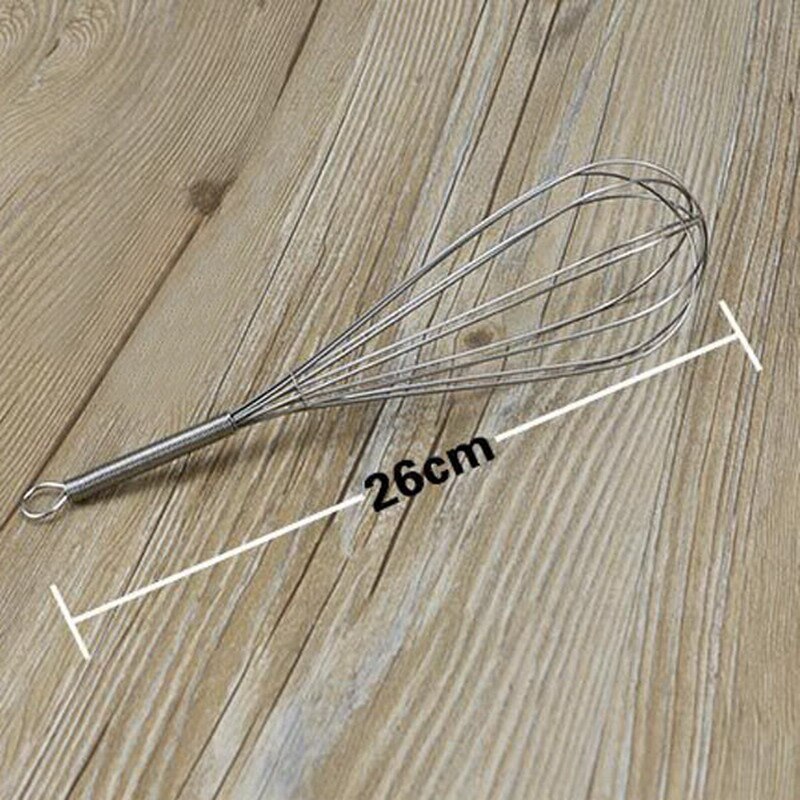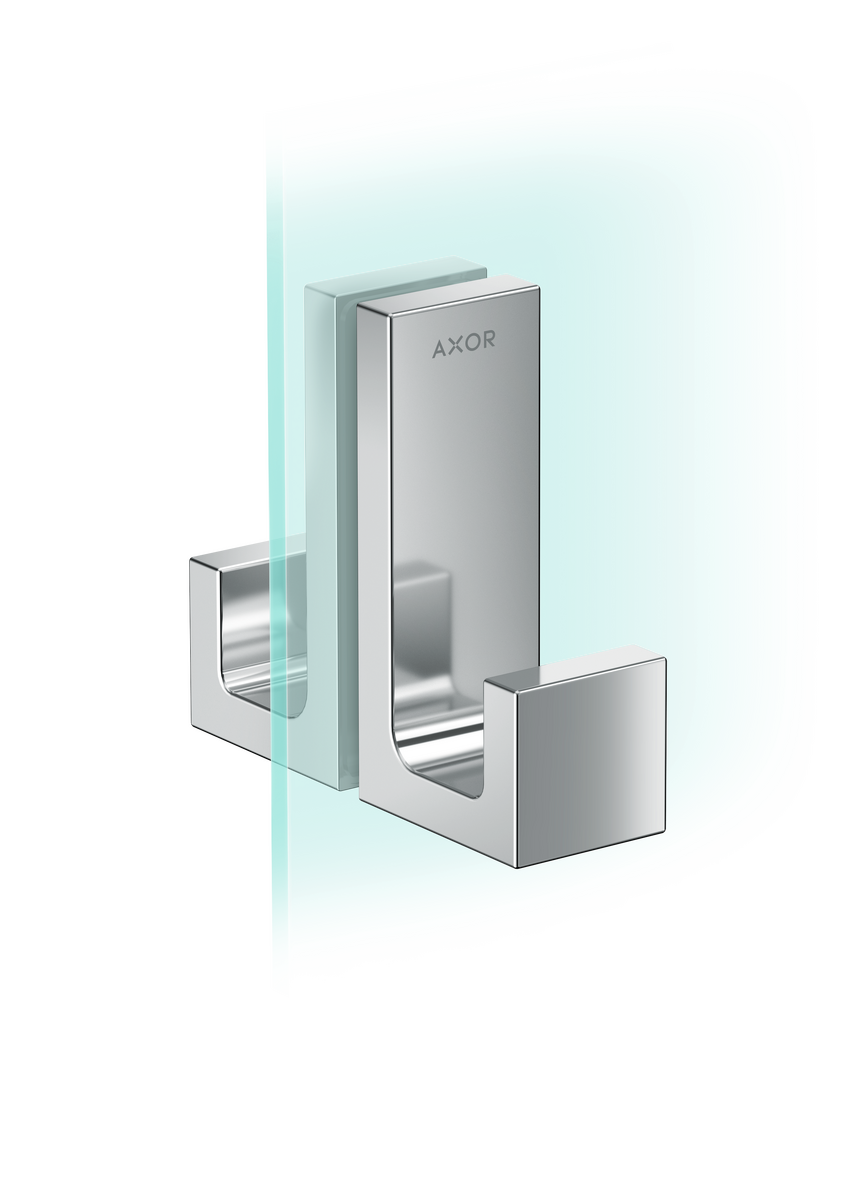
1st Stand Mixer Cover Kompatibel Med Kitchenaid Mixer, Cover Stand Mixer Dammsäker Cover Med Tillbehörsförvaringsfickor Och Handtag, Passar Alla Tilt Head & Bowl Lift-modeller - Temu Sweden

Deg Cutter, Rostfritt stål Mjöl Mixer,Hand Mixer Deg Mixer med handtag,Perfekt för hemmabruk : Amazon.se: Hem & kök

Handblandare, med bägare, avtagbar handhållen mixer av rostfritt stål, ergonomiskt handtag, för barnmat, såser och juice : Amazon.se: Hem & kök

Köp Vit krom handfat kranar vattenfall badrum kran enda handtag varmt kallt vatten bassäng mixer kran badkar handfat vatten kran badrum | Joom

Köp Handfat Kran Vatten Kranbad 360 Graders svängbar Sliver Badrumskran En handtag Sink Tap Mixer Varm och kall diskbänk Vattenkran | Joom

3x mässingsbadkardusch termostatpatron och handtag för blandning av ventilblandare Duschstångsblandare Mixer Show | Fruugo SE
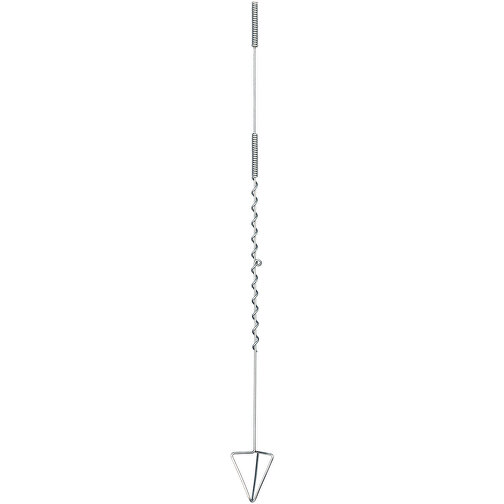
TAKE2 Quirlix Mixer, handtag i rostfritt stål (silver, rostfritt stål) som reklamartiklar på GIFFITS.se | Art.nr. 469350
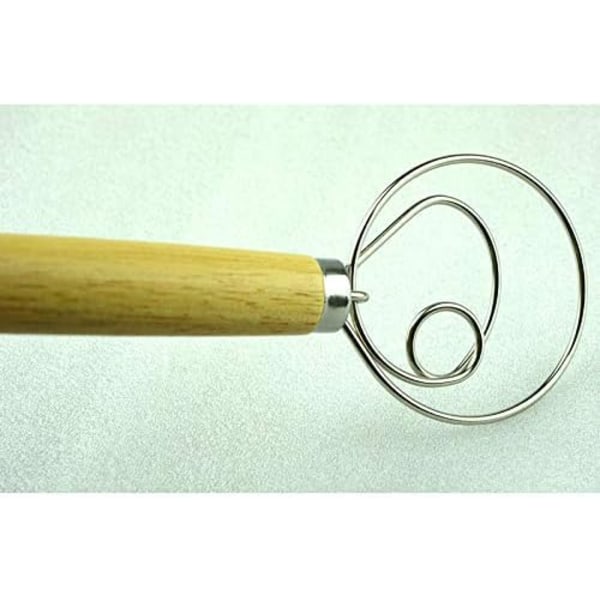
Ek Handtag Rostfritt stål Mixer Mjöl Coil Ägg Manuell omrörning Vispa Mjöl Stick Köksbakverktyg 71b6 | Fyndiq

Kina Anpassade Gun Metal Grey Tall Basin Mixer Leverantörer, Tillverkare - Factory Direct Wholesale - OMEGA

Handmixer, Anti-Slip Handtag Design Elektrisk Mixer 5V för Hem för kök för bakning(Rosa) : Amazon.se: Hem & kök
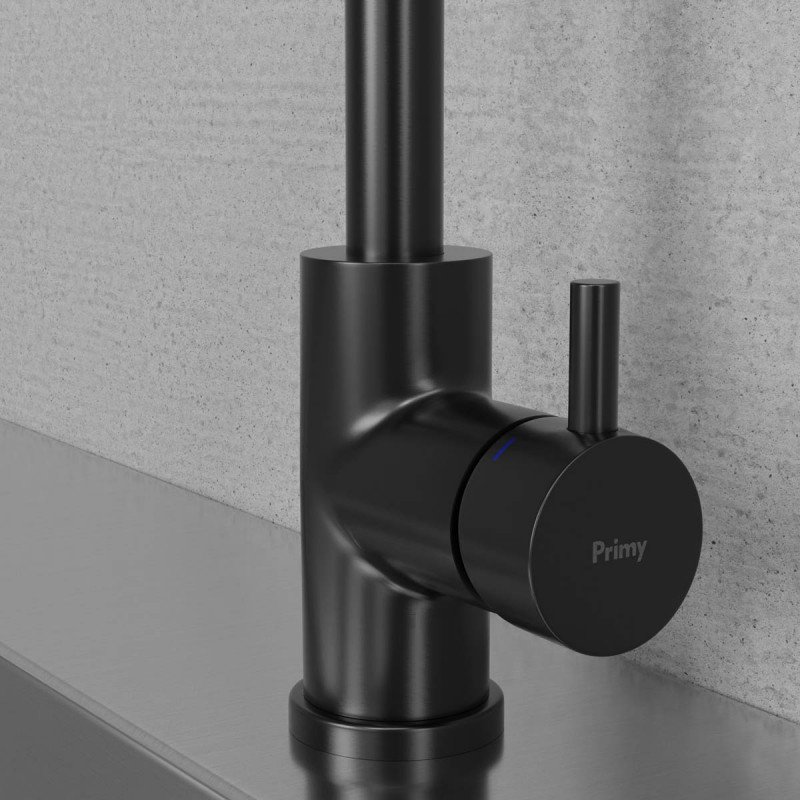
Köp Primy Handtag till blandare Steel Short bar Shadow till bra pris online | Inredningsvaruhuset.se

Kina Anpassade Gun Metal Grey Tall Basin Mixer Leverantörer, Tillverkare - Factory Direct Wholesale - OMEGA

